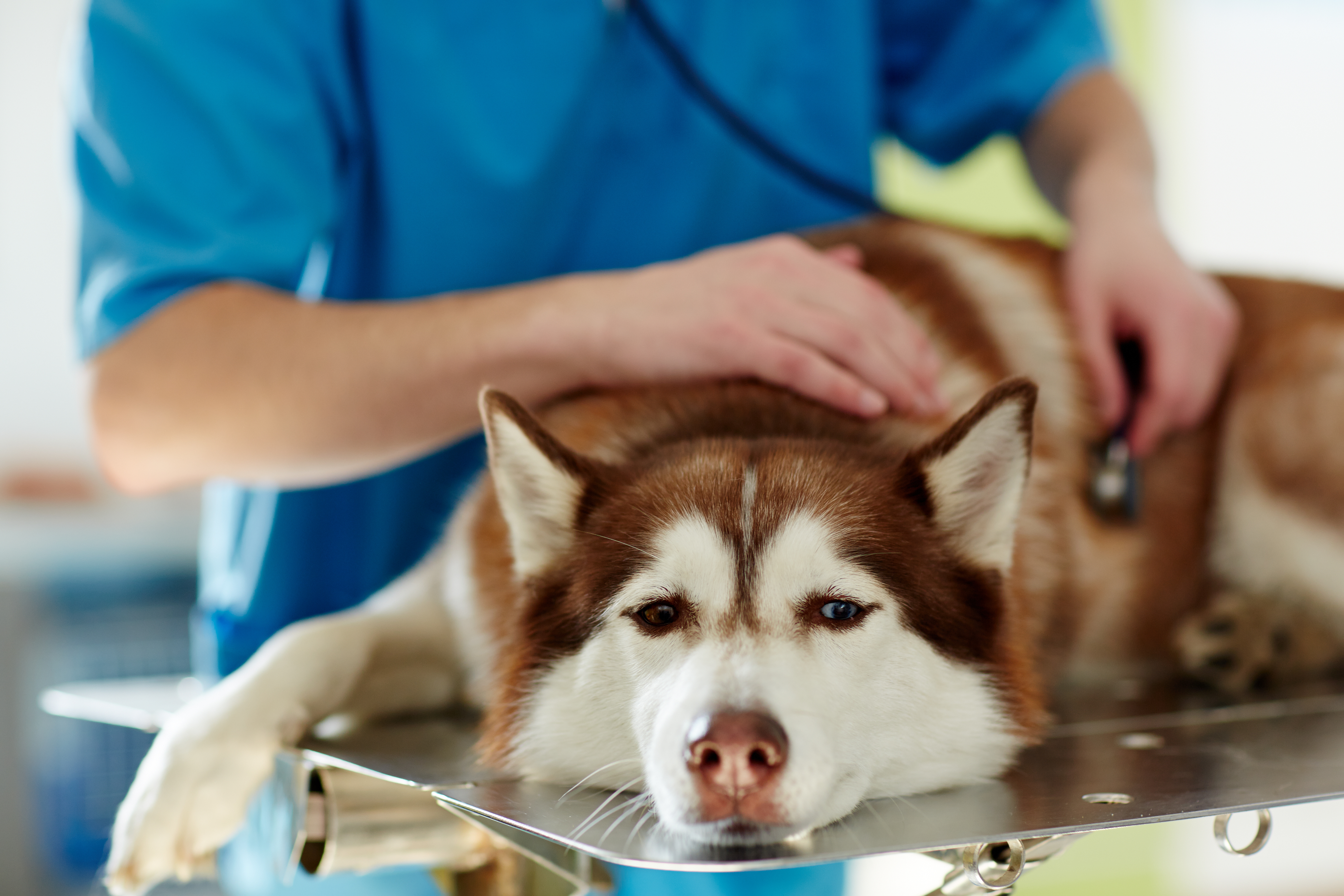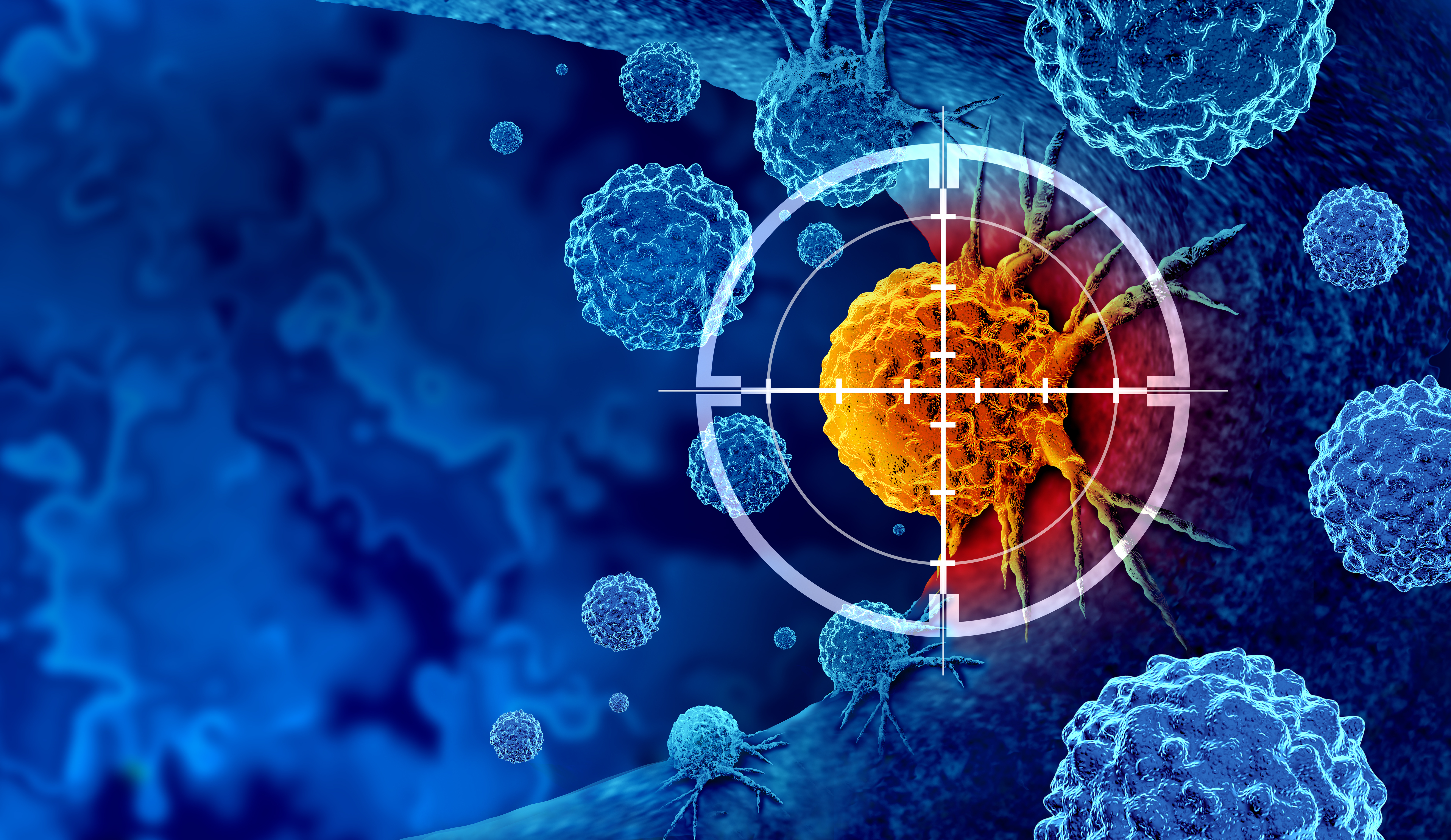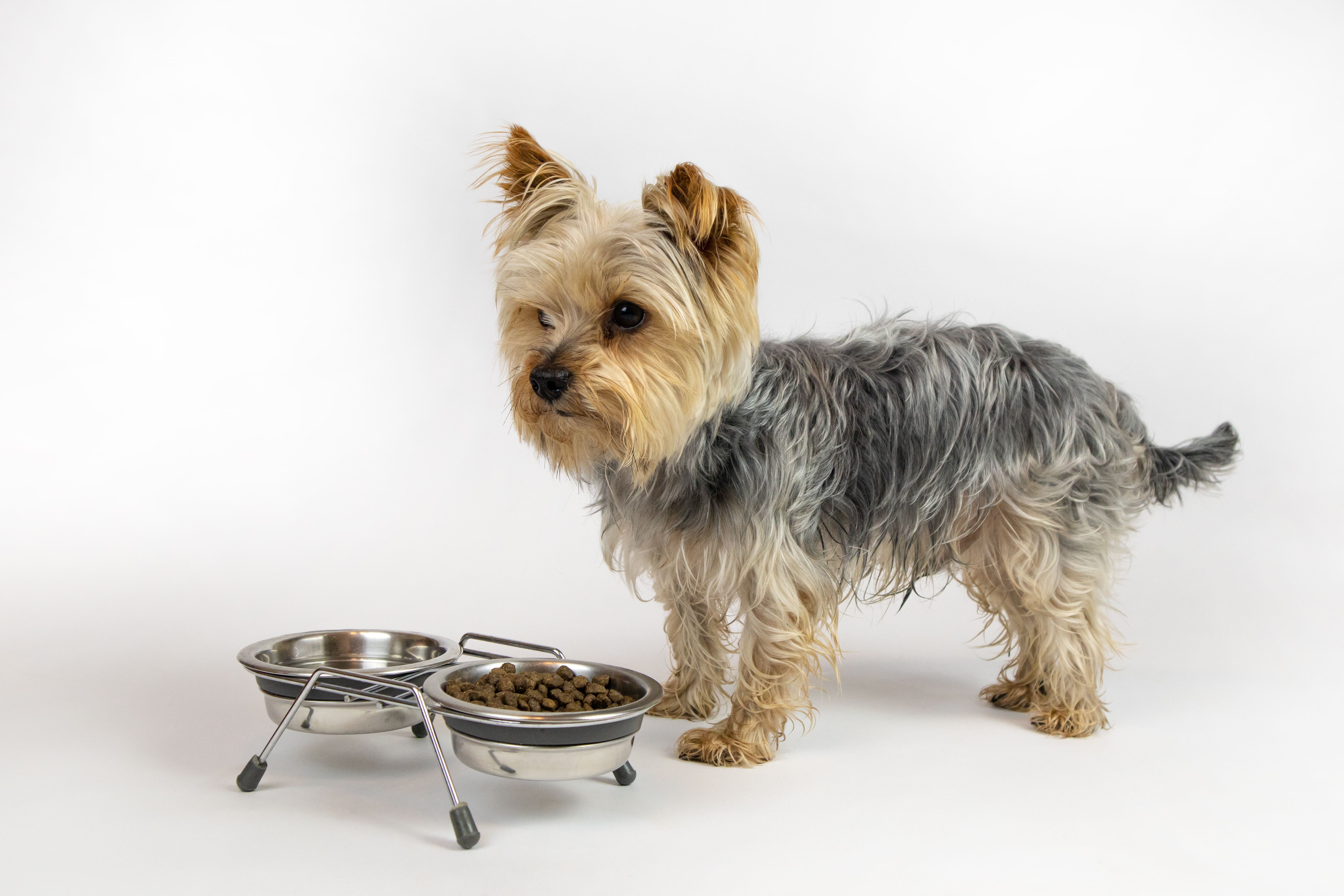Cranial cruciate ligament rupture, similar to ACL tears in humans, is a common orthopedic injury in pet dogs. A tibial plateau leveling osteotomy (TPLO) is a common procedure performed to address stifle (knee) instability secondary to cranial cruciate ligament rupture.
During surgery for a TPLO, the medial crural fascia, a fibrous sheet on the inside of the knee made up of tendons to three important muscles in the dog’s leg, is cut to allow access to the bone. The medial crural fascia is important for bending the stifle, giving the stifle stability, and for proprioception. As opposed to the rapid gain in wound strength displayed in skin, it takes a long time for fascia to heal. In the first week of healing, fascia incisions have no inherent strength; therefore, the repair is entirely dependent on the suture material, additionally, tendons only reach 50-80% of their original strength at one year following reconstruction.
In humans, deficiency in the repair of the medial crural fascia has been associated with decreased rotational stability, increased meniscal injury, and continued knee subluxation following surgery for cranial cruciate ligament rupture. This leads to the question for dogs, is there a way we can preserve this medial fascia and improve outcomes following TPLO surgery? In this segment Dr. Sawyere Hansford - a board-certified veterinary surgeon - discusses:
- Cranial cruciate ligament rupture - what it is, risk factors, and how it occurs
- Medial crural fascia - what it is and why it's important
- Tibial Plateau Leveling Osteotomy - the procedure and how it's performed
- How might we preserve the medial crural fascia during surgery
- Typical management of patients postoperatively
Running time: 30 mins
Approved for 0.5 hrs of CE credit by AAVSB RACE and NY State
You might also like
Dispelling Cancer Treatment Myths And Addressing Quality Of Life Of Affected Dogs And Cats
12/11/2024
Cancer is a word that can evoke a lot of fear and uncertainty, especially when it affects our animal...
Read
More
Supporting The Cancer Patient: Managing Cancer Pain, Nutritional Needs Of Patients, And Supporting The Caregiver Through It All
12/04/2024
Aside from the plan prescribed to treat a pet’s cancer, we have to ensure that we are addressi...
Read
More
Hemangiosarcoma - What We Know And How That's Changing The Paradigm Of Treatment And Prevention
11/13/2024
Hemangiosarcoma is a malignant tumor and, historically, associated with a poor long term prognosis....
Read
More
Treating Cancer - It's Not Just Limited To "chemo" Or "radiation"
11/06/2024
There are different approaches to cancer treatment and, for some types of cancer, the therapy may be...
Read
More
The Current Thinking About What Cancer Is And Its Possible Causes
10/23/2024
Cancer is a term that is often shrouded in uncertainty and fear, but gaining a clear understanding o...
Read
More
Protein-Losing Enteropathy - Therapeutic Management And The Crucial Role Of Nutrition
09/17/2024
In this second session (of a two part series) Dr. Jablonski continues the discussion on patient mana...
Read
More










